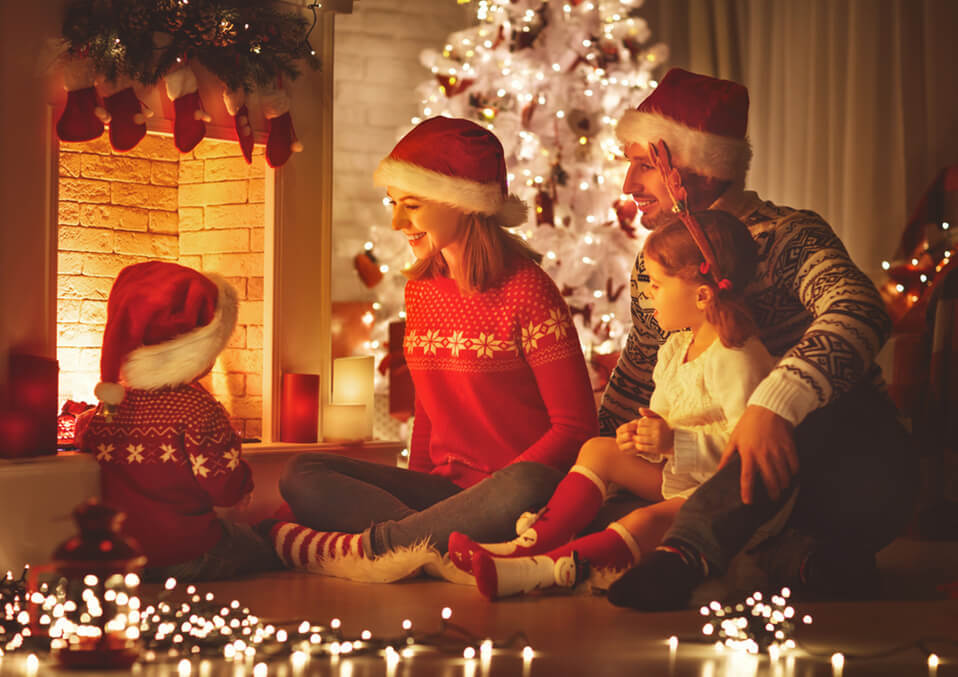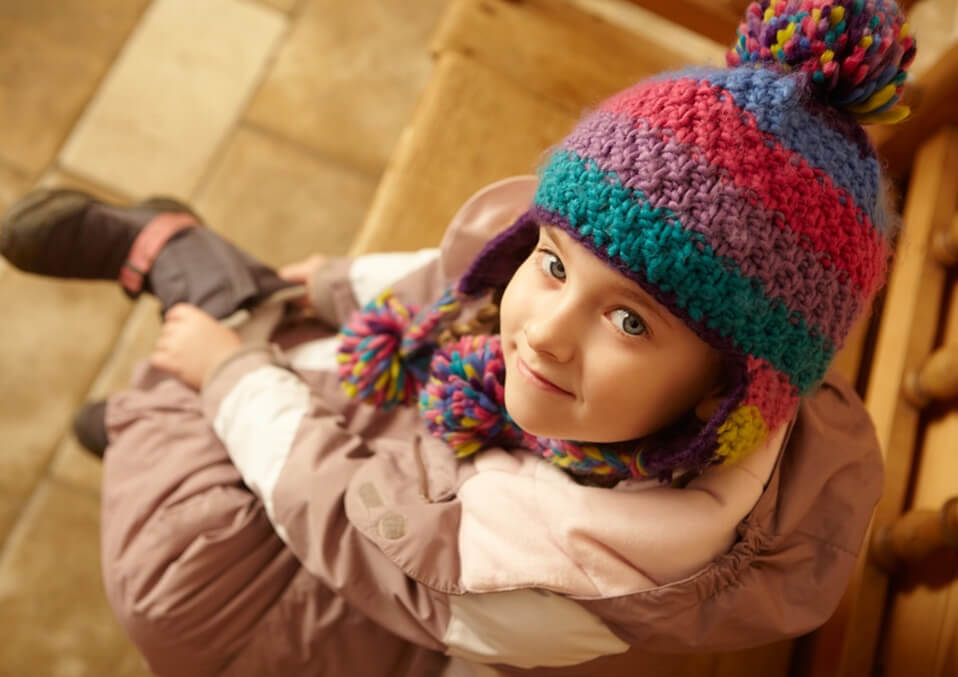
Everyone is excited when the first snow of winter comes. This gives a wonderful, refreshing feeling that everyone appreciates. It is the time when the air is cold and the surrounding smells fresh. Blizzards paint the surroundings in white, looking so clean and soft as if inviting everyone to come out and play and build a snowman. Like what the Greek philosopher Aristotle said, “To appreciate the beauty of a snowflake it is necessary to stand out in the cold. That’s a good reason to come out.
Read also: Incredible benefits of sunlight to kids health
Winter is not a time to sulk and sleep. Read a book, or just sit, enjoy the view while enjoying a warm cup of melted chocolate in milk or a bowl of hot soup. Most of all, there are many winter activities you can enjoy with your friends and family. But always remember that safety should always come first. Although the cold weather, ice and snow sound fun, it can also be risky especially to children. But these hazards can be prevented with the proper know-how and prevention tips.
Since the winter season involves a lot of cold-weather activities like sledding, ice-skating, snowboarding and skiing, some injuries in the arms, legs, neck, and head can be common. It often involves kids since they are the ones who are more excited to go outside and play.
Safety at home

Fireplaces and outdoor fire pits can be soothing during cold weather. But it also poses dangers, especially to small children. Put protective gates so they will not be able to reach it. These and other types of safety products for kids are beneficial the whole year-round.
Winter nosebleed might happen because of the cold weather. Use a cold-air humidifier and saline nose drops to keep moist in the kids’ tiny noses.
It is important to keep the kids hydrated. Dry, winter air can make them lose more water. Give them plenty of water, warm drinks or soups.
As a child sleep during the cold weather, frequently check on his beddings – the blanket, pillows, and bedcovers. When a child is pinned in between these beddings, it may lead to suffocation.
Illnesses are more common than any other season of the year like cold and flu. During the cold weather, since most people spent a lot of time indoors, they are more exposed to air-borne diseases and kids are more prone to these illnesses having a weaker immune system compared to adults. As a precaution, children should wash their hands frequently with soap and water to prevent the spread of viruses. Teach them to cover their mouths when sneezing or coughing using the bend of the elbow. Immunization is also helpful for children six months and above.
The winter get up

It’s not fashion, but primarily to protect one’s self during the winter season. Everyone, especially kids should be properly dressed as prevention to the hazards of the cold weather.
Kids should dress warmly in layers of clothes especially when going out. As a rule, babies and kids should dress in one more layer than an adult. Avoid cotton clothes since they can’t keep the body warm. Opt for wool and other thick, warm fabric. It’s better to dress up a child with long underwear, a turtleneck shirt, pants, sweater, and coat. Add more layers of clothes depending on the temperature and what the child feels to keep him warm. Outer garments should be kept dry. It is better to use waterproof pants and jackets when going out. Warm socks and boots are also a must to complete the ensemble. Prepare an extra pair of gloves and mittens and hats.
Read also: Fun dental health facts for kids you shouldn’t miss out
As much as possible, limit the time outside the house. Some children especially younger ones have minimum tolerance in cold. Without proper attire, a kid can be prone to frostbites. Frostnip is the onset of frostbite. It makes the skin red and numb, turning it to white or yellowish gray. It affects the fingers, toes, nose, ears, and cheeks. Once frostnip is present, remove the child’s clothes and immersed the affected body parts in warm (not hot) water until it feels the sensation again.
Another winter hazard is hypothermia or the sudden drop in body temperature usually caused by continued exposure to cold temperature. Signs of hypothermia are shivering, clumsiness and slurred speech.
These cases can cause harmful effects, or worst, death to a child. Better bring your child to the doctor once you see these warning signs.
As clothing can make kids protected, there are also hazards that parents should be aware of. Shorten hood strings, at it, can strangle a baby. Better stay away from clothes with strings, as well as scarves to prevent these injuries that can be fatal to a kid.
During outdoor, winter games

If you feel like going out and your kids want to join you in some winter sports, here are some safety reminders outside:
- Better check the weather before going out. Discourage the kids if the weather is too cold. Set a reasonable time limit when doing outdoor activities.
- Ice skating
- Allow the child to skate on approved areas and surfaces.
- Tell him to skate in the same direction as the crowd and never skate alone.
- Wear appropriate gears like helmet, elbow and knee pads for added protection.
- It is advised not to chew gum or eat candy while skating.
- Sledding
- Choose a safe area where your kids can sled. Slopes should be free from obstructions like trees or fences. The surface should be covered with snow and not with ice and should not be too steep.
- Keep him away from moving vehicles.
- Group your kids to kids of the same age group and body size.
- Wear appropriate clothing and safety gear.
- Use sled that is free of sharp edges. Be sure that the steering mechanism is working well and is well lubricated.
- Snow Skiing and Snowboarding
- Always remember that a kid should not ski or snowboard alone.
- Only qualified instructors can teach children to ski or snowboard and there are specific programs suitable to children depending on their age.
- Proper clothing and safety gears should be worn like gloves, goggles, helmet and safety bindings to avoid injuries. These gears and the equipment should fit the child.
- Avoid skiing in crowded areas with obstacles like trees, rock, and fences.
Parent’s supervision is vital for the kid’s safety. In winter, there can be lots of fun-filled activities. Don’t just enjoy, it is better to keep safe.
Read also:
- Biking Safety: How Helmet Protects a Child?
- Child drinking too much milk is it risky or safe
- High Visibility Vest and its Role on Children’s Safety


